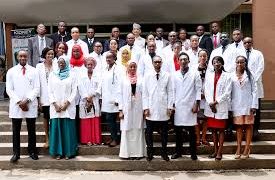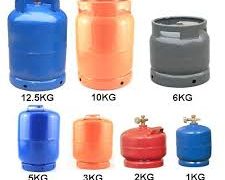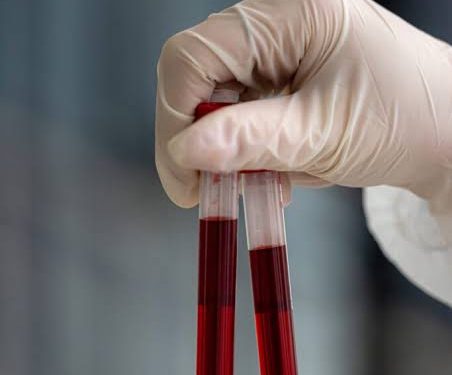A blood test that screens for more than 50 cancers is correct in two-thirds of cases where it thinks people may have the disease, a new study has found.
The Galleri test, dubbed the holy grail of cancer tests, can be given annually and looks for the “fingerprint” of dozens of deadly cancers, often picking up signs before symptoms even appear.
It works by identifying DNA in the bloodstream that has been shed by cancer cells, giving the earliest signs that somebody may have the disease.
Now, a key US trial on the test has shown that Galleri is highly accurate in ruling out cancer in people without the disease, while also picking up cancer cases at an early stage, when the disease is more treatable.
The trial followed 25,000 adults from the US and Canada over a year. In the cases of 216 people, the test detected a cancer signal, of which 133 were diagnosed with the disease.
Therefore, the likelihood of receiving a cancer diagnosis following a positive test result showing a “cancer signal” was 61.6%.
In 92% of cases, the test could pinpoint in which organ or tissue the cancer arose, meaning time and money could be saved on other scans and tests.
More than half (53.5%) of the new cancers detected by Galleri in the study were the earliest stage I or II, while more than two-thirds (69.3%) were detected at stages I-III.
Galleri also correctly ruled out cancer in 99.6% of people who did not have the disease.
Sir Harpal Kumar, president of International Business and BioPharma at Grail, which pioneered Galleri, and former head of Cancer Research UK, said the findings were impressive.
He said, “We’re really very excited and we think this is a further step along the way in really transforming cancer outcomes.”
The Pathfinder 2 study looked at how the Galleri test may be used in a real-world setting, alongside regular screening programmes for things like breast and bowel cancer.
The results suggested that adding Galleri to regular cancer screening led to a more than seven-fold increase in the number of cancers found within a year.
Kumar said, “What we wanted to assess was, what added value does the test provide over and above existing screening?
“And one of the most important and exciting results is the fact that it detected seven times as many cancers as the other screening programmes put together.”
He said the screening programmes in the US are slightly different to those in the UK but “in the sense of what screening programmes are offered, it’s comparable.”
An NHS Galleri trial on how well the test works in screening people without symptoms is expected to be published in the middle of next year.
Kumar said: “Assuming we do get positive results from NHS Galleri, the opportunity to find substantially greater numbers of cancers before they present clinically means we should be able to find a lot more of them at an earlier stage.
“This opens up the possibility we can use more effective treatments and, in many cases, curative treatments.
“This is also particularly effective in those types of cancer where we have no other screening at the moment – and in those types that are typically diagnosed very late, like pancreas, head and neck, liver and ovary, and so on.
“As a complement to existing screening, we could find many, many more cancers earlier before they present symptomatically, which has the potential to really transform how we diagnose cancer and the outcomes we can expect.
“Once we get those results next year, we would hope the NHS would move very quickly to an implementation evaluation in the NHS.”
Modelling suggests the Galleri test could be effective as an annual blood test in people from the age of 50, when cancer cases begin to rapidly increase.
Younger people with prior cancer diagnoses or with a genetic predisposition to the disease could also benefit.
Research published in the journal BMJ Open in May found that an annual blood test for cancer could lead to 49% fewer late-stage diagnoses and 21% fewer deaths within five years compared to patients receiving usual care.
Anna Schuh, professor of molecular diagnostics at the University of Oxford, said the results could be viewed as “disappointing”.
“Almost half of the time, the test gets it wrong when it calls a positive result,” she said.
“This is disappointing as it is only fractionally better compared to tossing a coin, although better compared to current screening tests where still most positive results turn out to be nothing.”
She suggested the current rate of detection may mean the NHS does not find it a cost-effective test.
She said the test sensitivity was good “for some of the common cancers (where it was 74%), but not so much for the others (that together make up more than half of all cancers) as for these the clinical sensitivity is poor (40%).”
ITV








































